Partial lunar eclipse on July 16-17
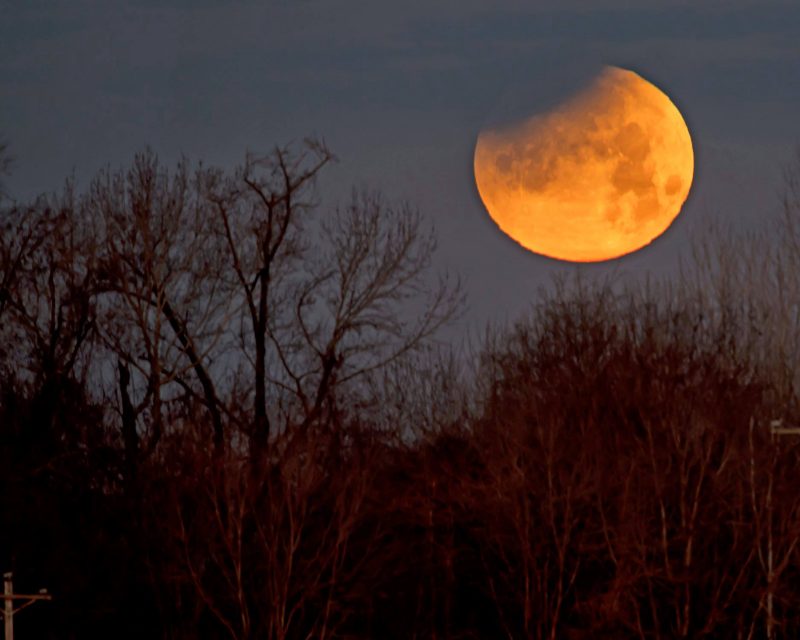
Above photo of partially eclipsed moon by Ken Christison
On the night of July 16-17, 2019, much of the world can watch a partial eclipse of the full moon. This will be the last time that the moon sweeps through the Earth’s dark umbral shadow until the total lunar eclipse on May 26, 2021.
Unfortunately, North America misses out on this eclipse entirely. The eclipse is visible from South America at early evening July 16. From Europe and Africa, it happens later in the evening July 16. In Asia and Australia, watch for the eclipse to occur during the morning nighttime hours July 17. From South America, the moon is already in eclipse as it rises around sunset July 16; and in Australia, the moon is in eclipse as it sets around sunrise July 17. The worldwide map below shows more specifically where the eclipse is visible.
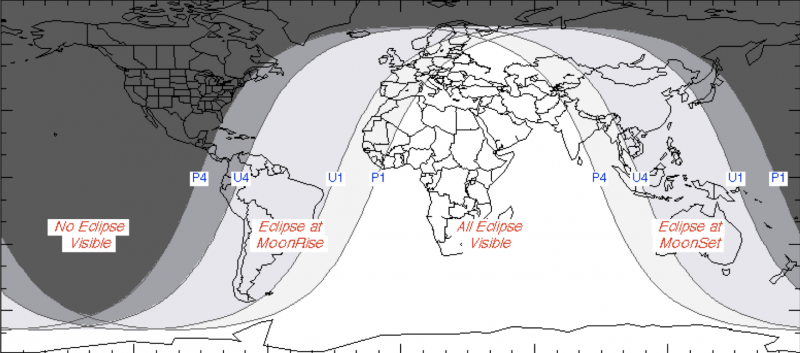
View larger. | South America sees the moon rising in eclipse around sunset on July 16. Eastern Asia and Australia see the moon in eclipse as it sets around sunrise on July 17. Eastern Africa and the Middle East see greatest eclipse around midnight on the night of July 16. North America misses out on this eclipse entirely.
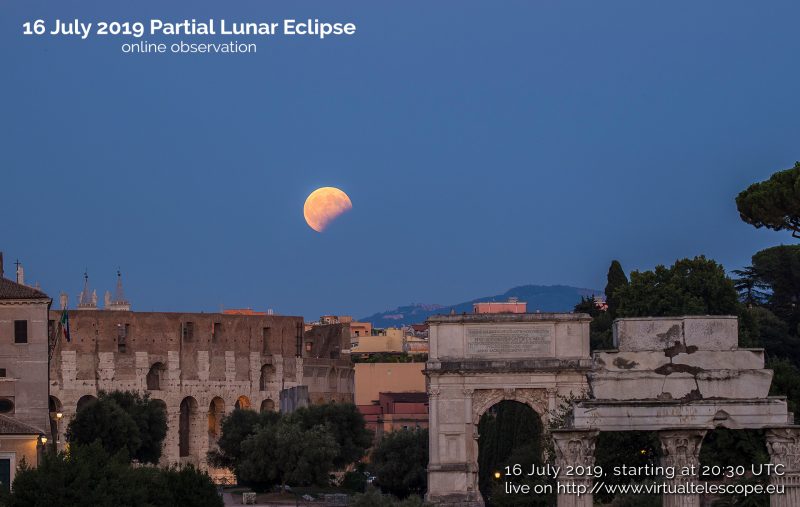
The Virtual Telescope Project is offering free online viewing of this eclipse. The online observing session to see the partial lunar eclipse is scheduled for July 16, 2019, starting at 20:30 UTC; translate UTC to your time. Want to join the online observing session? Click here for more info.
Click on this eclipse calculator via TimeandDate to find out when (or if) this eclipse is happening in your part of the world. Fortunately, no conversion from Universal Time to your own local time is necessary!
The July 2019 full moon travels through the Earth’s outer faint penumbral shadow before and after partially sweeping through the Earth’s inner dark umbral shadow. (See the diagram below.) However, the penumbral stage of the eclipse is so faint that many people won’t even notice it, even as it’s taking place. So the eclipse times listed below are for the full moon’s passage through the dark umbra. From start to finish, the umbral phase lasts nearly three hours.
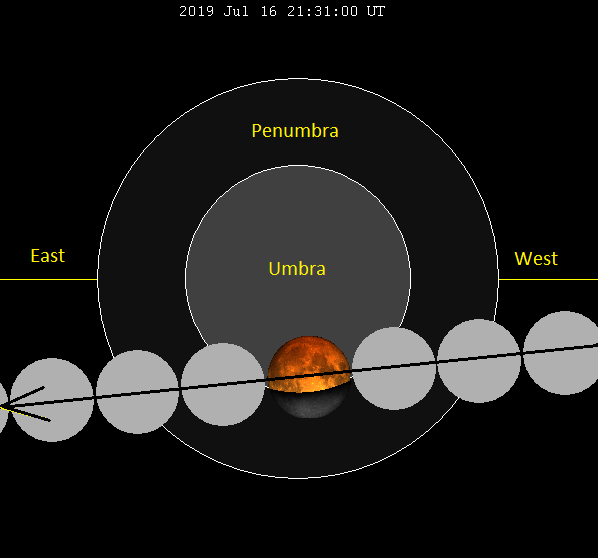
The moon moves from west to east across the Earth’s shadow. On July 16, 2019, the north side of the full moon clips the southern part of the Earth’s shadow, to stage a partial lunar eclipse.
Eclipse times in Universal Time (July 16, 2019):
Partial umbral eclipse begins: 20:02 (8:02 p.m.) UTC
Greatest eclipse: 21:31 (9:31 p.m.) UTC
Partial umbral eclipse ends: 23:00 (11:00 p.m.) UTC
Local times of the eclipse for various localities:
Rio de Janeiro, Brazil
Moonrise (eclipse in progress): 5:19 p.m (July 16) local time
Greatest eclipse: 6:31 p.m. (July 16) local time
Partial lunar eclipse ends: 8:00 p.m. (July 16) local timeParis, France
Partial umbral eclipse begins: 10:02 p’m. (July 16) local time
Greatest eclipse: 11:31 p.m. (July 16) local time
Partial umbral eclipse ends: 1:00 a.m. (July 17) local timeNew Delhi, India
Partial umbral eclipse begins: 1:32 a.m. (January 17) local time
Greatest eclipse: 3:01 a.m. (July 17) local time
Partial umbral eclipse ends: 4:30 p.m. (July 17) local timeMelbourne, Australia
Partial umbral eclipse begins: 6:02 a.m. (July 17) local time
Greatest eclipse: 7:31 a.m. (July 17) local time
Moonset (eclipse in progress): 7:40 a.m. (July 17) local time
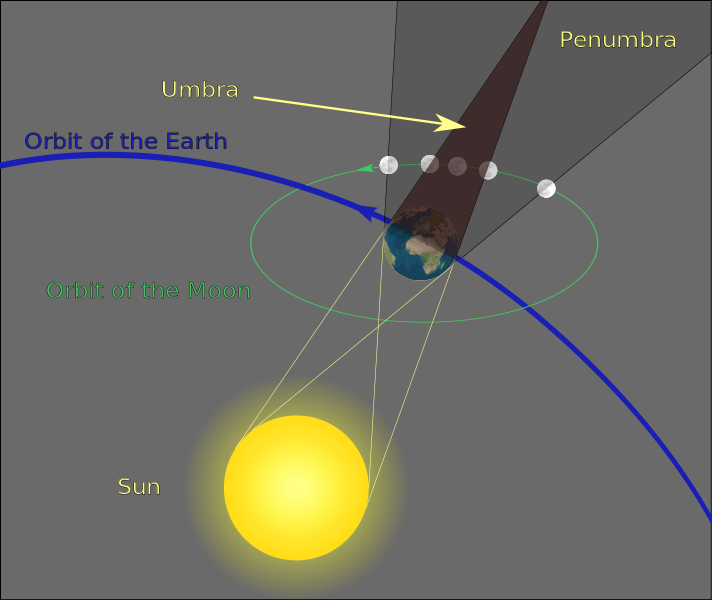
The moon passes through the faint penumbra before and after sweeping through the Earth’s dark umbral shadow. During a penumbral lunar eclipse, the moon misses the umbra completely, either by going above the umbra or below it. The next four lunar eclipses, all happening in 2020, will be penumbral.
What causes a lunar eclipse?
A lunar eclipse can only happen at full moon, because that’s the only time the moon can be directly opposite the sun in Earth’s sky. This time around, however, the alignment of the sun, Earth and full moon is somewhat askew, so it’s a partial lunar eclipse on July 16-17 instead of a total lunar eclipse.
More often than not, however, there is no eclipse at full moon. The full moon usually avoids being eclipsed because it swings to the north or south of the Earth’s shadow. This year, in 2019, we have 12 full moons but only two lunar eclipses.
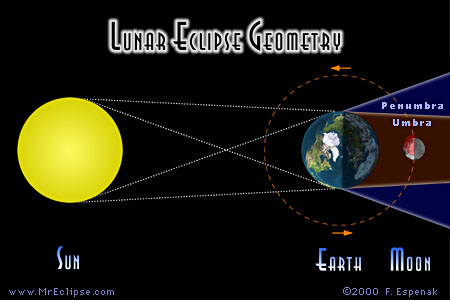
In a lunar eclipse, Earth’s shadow falls on the moon. If the moon passes through the dark central shadow of Earth – the umbra – a partial or total lunar eclipse takes place. If the moon only passes through the outer part of the shadow (the penumbra), a subtle penumbral eclipse occurs. Diagram via Fred Espenak’s Lunar Eclipses for Beginners.
We had a total eclipse of the moon on January 21, 2019. After that, the next five full moons (February, March, April, May and June) traveled too far north of the ecliptic (Earth’s orbital plane) to undergo an eclipse.
Then, after the partial lunar eclipse of July 16, 2019, the following five full moons (August, September, October, November and December) will sweep too far south of the ecliptic for a lunar eclipse to occur.
This year, in 2019, we have 13 new moons and 3 solar eclipses (P = partial, T = total and A = annular). We also have 12 full moons and 2 lunar eclipses (t = total and p = partial). Moon phase table via Astropixels.
In 2020, all four lunar eclipses will be hard-to-see penumbral eclipses. So if you’re in the right spot to watch tonight’s partial lunar eclipse, by all means do so. This will be the last time that the Earth’s dark shadow touches the moon’s surface until May 26, 2021.
Bottom line: On the night of July 16-17, 2019, much of the world can watch a partial eclipse of the full moon. Unfortunately, North America misses out on this eclipse entirely. It’s visible from South America at early evening July 16 – from Europe and Africa, later in the evening July 16 – and in Asia and Australia before sunup July 17.
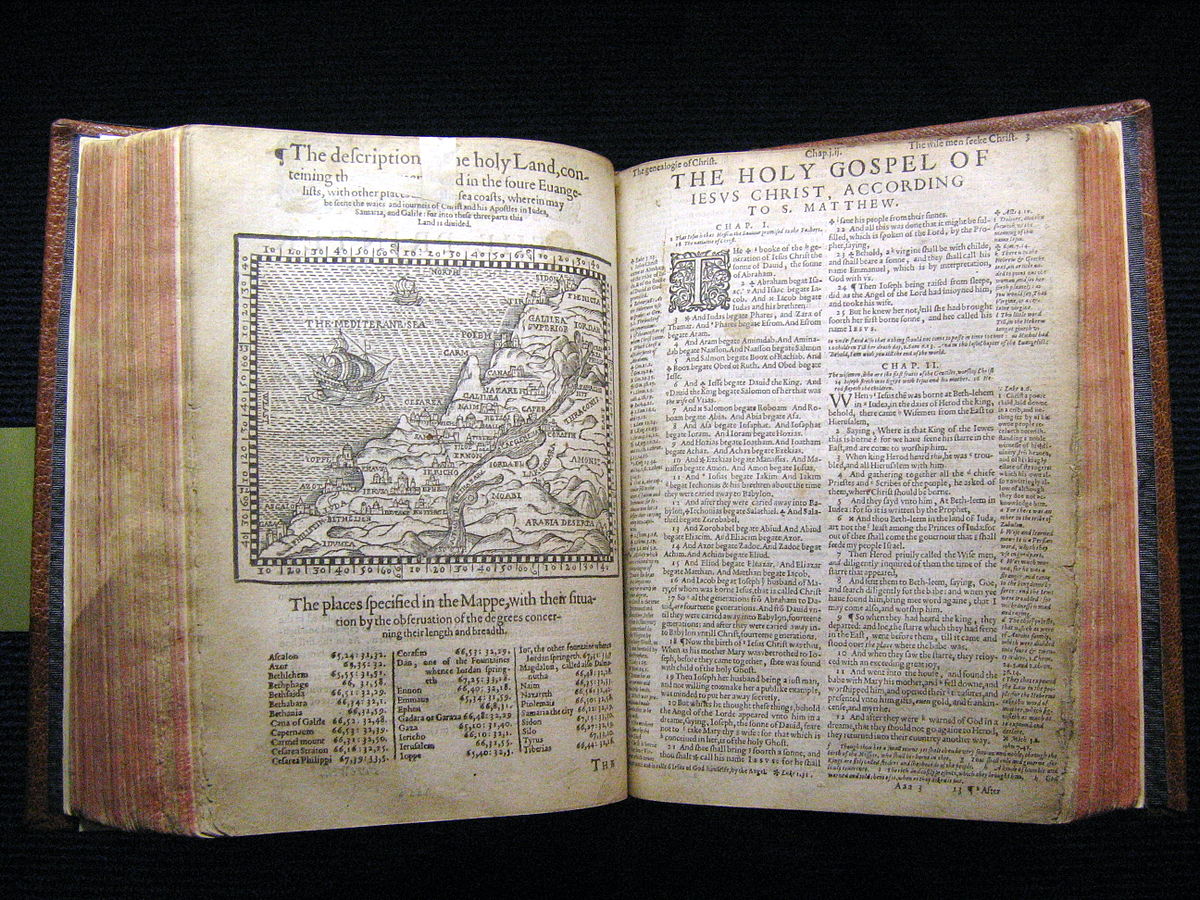




Comments
Post a Comment